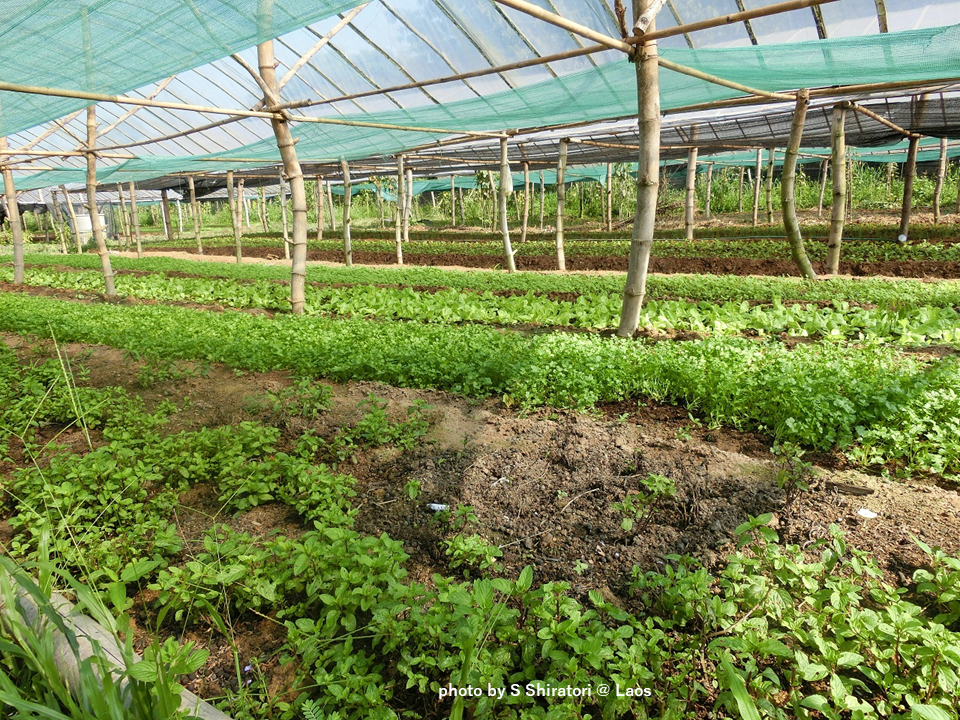Pick Up
820. The State of Food Security and Nutrition in the World 2023: Global Hunger Still Far Above Pre-Pandemic Levels

820. The State of Food Security and Nutrition in the World 2023: Global Hunger Still Far Above Pre-Pandemic Levels
On July 12, five UN agencies (FAO, IFAD, UNICEF, WFP, WHO) jointly released the 2023 edition of The State of Food Security and Nutrition in the World (SOFI).This year's subtitle is "Urbanization, agrifood systems transformation and healthy diets across the rural-urban continuum”.
According to this report, it is estimated that between 691 and 783 million worldwide faced hunger in 2022. The hungry population remains far above the level before the COVID-19 pandemic, increasing by 122 million people in 2022 compared to 2019 (considering the mid-range of around 735 million), and affected 9.2% of the population in 2022 compared to 7.9% in 2019. Under these circumstances, it will be difficult to achieve SDG Goal 2 (Zero Hunger), and it is estimated that nearly 600 million people will still suffer from chronic malnutrition (hunger) by 2030, the deadline for achieving the goal.
In 2022, 29.6% (2.4 billion) of the world's population was moderately or severely food insecure, a figure that has remained high since 2020. Food insecurity was more prevalent among women and rural populations. In addition, more than 3.1 billion people (42%) did not have access to a healthy diet in 2021. Globally, the cost of a healthy diet increased by 6.7% between 2019 and 2021, with low-income households, which spend a larger proportion of their expenditure on food, being most affected. In addition, in 2022, an estimated 148.1 million children under five (22.3%) were found to be stunted, 45 million (6.8%) were wasted, and 37 million (5.6%) were overweight. Overall, the report shows that while there has been steady progress on some aspects of nutrition, such as exclusive breastfeeding, the world is still not on track to meet all the nutrition targets.
Global trends in hunger and malnutrition have been described in previous reports as being driven by the interactions of conflict, climate extremes, economic shocks, lack of access to nutritious food and growing inequality. In addition to these issues, this year's report focuses on urbanization, another major megatrend.
Food purchases are becoming more expensive for both urban and rural households, and consumption of highly processed foods is increasing in both peri-urban and rural areas. The agrifood system cannot discuss rural and urban separately. A thorough understanding of the rural-urban continuum is needed to better design policies and interventions to improve food security and nutrition.
By 2050, almost 7 in 10 people will live in cities. Urbanization is changing agrifood systems in many ways, creating both opportunities and challenges for ensuring healthy diets for all. Changes in agricultural and food systems must be viewed through the urban-rural continuum lens.
Reference
FAO, IFAD, UNICEF, WFP and WHO. 2023. The State of Food Security and Nutrition in the World 2023. Urbanization, agrifood systems transformation and healthy diets across the rural–urban continuum. Rome, FAO. https://doi.org/10.4060/cc3017en
Contributor: SHIRATORI Sakiko (Information and Public Relations Office)
